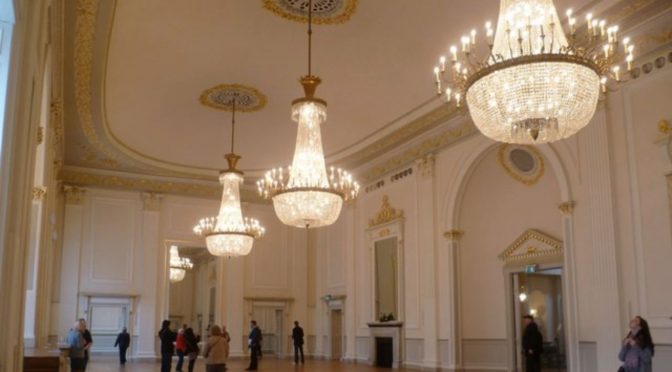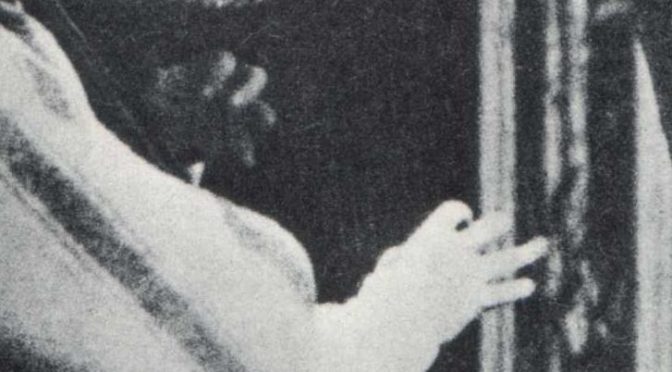When I was doing my newspaper research a month or two back, I found quite a lot of mentions of tunes played by individual named harpers. I realised that I could usefully try to collate all these different references, to get some kind of overview of what were the most commonly mentioned tunes in the inherited Irish harp tradition through the 19th century.
Continue reading 19th century Irish harp tune listsTag: Patrick Byrne
Knowing about na comhluighe, but not using it?
Patrick Byrne explained to the collector, John Bell, about the unison strings on a Gaelic harp which are called na comhluighe, or the sister strings:
The open on the bass string of the Violin is one of the Sisters on the harp. The next string below on the harp and it, were tuned in unison, for which reason they were called the sisters. These two unison notes are sometimes called, and in ancient times were called, Ne Cawlee – or the companions. Afterwards they were called the Sisters.
The harp is tuned to the Sister note
(John Bell’s Notebook, cited in Henry George Farmer, ‘Some Notes on the Irish Harp’ Music & Letters vol. XXIV, April 1943)
But did Byrne actually use na comhluige on his own harp?
Continue reading Knowing about na comhluighe, but not using it?
Nathaniel Gow’s annual ball, 1817
On Friday 20th January, I will be in the Assembly Rooms in Edinburgh, playing as part of a bicentenary concert. Nathaniel Gow introduced Quadrille dances to Edinburgh in 1817, at his annual ball at the Assembly Rooms, and this year Talitha MacKenzie has organised a series of events commemorating this. The main event will be a Regency ball on Saturday 11th March, but there will also be dance workshops and the concert on 20th Jan.
a common chord
Speaking on 10th July, 1849, the Irish harper Patrick Byrne explained to the antiquarian John Bell, the system for tuning the early Irish harp. After starting at na comhluighe, and using a cycle of 5ths to set the middle octave of the harp, he says
Then you sound the G on the violin & B & D, and the octave above which is G which makes a common chord
Patrick Byrne radio documentary
Here’s the direct link to the podcast download of the radio documentary that I was interviewed for, and which was broadcast yesterday. Especially worth listening to Ann Heymann’s super performances of three of Byrne’s tunes.
Patrick Byrne radio interview
Today I did a short radio interview with the Drogheda local radio station LMFM. They are making a programme about Patrick Byrne and were looking for some background information on the early Irish harp tradition. I will let you know when the programme is aired!
Music of Patrick Byrne, ‘The Last Irish Harper’
 An event of interest coming up at James J. Hill House, 240 Summit Avenue, St. Paul, MN 55102 USA:
An event of interest coming up at James J. Hill House, 240 Summit Avenue, St. Paul, MN 55102 USA:
Music of Patrick Byrne, ‘The Last Irish Harper’
Date: Nov. 20, 2010
Time: 7 p.m.
The bright, ringing sound of metal strings distinguish the ancient Irish harp from its other string relatives. Using historical techniques on a period replica, Ann and Charlie Heymann will perform the repertoire of Patrick Byrne — an Irish harper whose death in the mid-19th century brought a thousand-year-old tradition to a close. Byrne’s younger brother, Christopher, emigrated and settled in Faribault; Liam O’Neill of “Irish On Grand” will narrate and read excerpts of a letter between the brothers. Participants can meet the performers at a post-concert reception. Tours of the Hill House will also be available. Reservations recommended.




